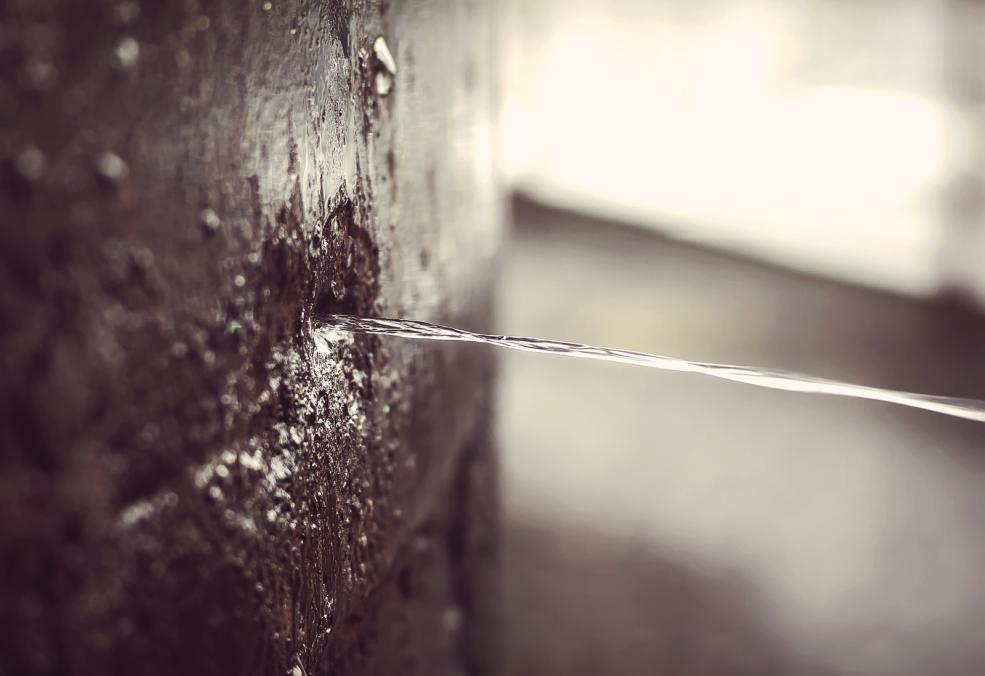The content listed below involving Leaking water lines is fairly insightful. Check it out for yourself and see what you think of it.

Early detection of dripping water lines can mitigate a potential calamity. Some tiny water leakages might not be visible.
1. Examine the Water Meter
Every home has a water meter. Examining it is a surefire manner in which helps you find leakages. For beginners, turn off all the water sources. Make certain no one will purge, make use of the tap, shower, run the washing device or dishwashing machine. From there, most likely to the meter as well as watch if it will certainly alter. Considering that no person is utilizing it, there need to be no activities. If it relocates, that suggests a fast-moving leakage. If you find no modifications, wait an hour or 2 as well as inspect back again. This suggests you might have a slow leakage that might also be below ground.
2. Examine Water Usage
Evaluate your water costs and also track your water usage. As the one paying it, you need to discover if there are any disparities. If you detect sudden changes, in spite of your consumption coinciding, it implies that you have leakages in your plumbing system. Keep in mind, your water costs ought to drop under the same variety monthly. An abrupt spike in your bill suggests a fast-moving leakage.
On the other hand, a constant rise each month, despite having the very same behaviors, reveals you have a slow leak that's also gradually escalating. Call a plumber to thoroughly check your home, especially if you feel a cozy area on your floor with piping underneath.
3. Do a Food Coloring Examination
When it comes to water usage, 30% comes from commodes. If the color somehow infiltrates your dish throughout that time without flushing, there's a leak in between the container and bowl.
4. Asses Exterior Lines
Don't fail to remember to inspect your exterior water lines also. Needs to water permeate out of the link, you have a loosened rubber gasket. One little leakage can lose bunches of water and also increase your water expense.
5. Check as well as Analyze the Situation
Property owners need to make it a behavior to inspect under the sink counters as well as even inside closets for any bad odor or mold and mildew growth. These 2 red flags show a leak so punctual interest is called for. Doing routine inspections, also bi-annually, can conserve you from a major issue.
Check for stainings and compromising as the majority of devices and also pipes have a life expectancy. If you believe dripping water lines in your plumbing system, don't wait for it to rise.
Early detection of leaking water lines can minimize a potential catastrophe. Some little water leaks might not be visible. Inspecting it is a proven means that helps you find leaks. One little leak can squander heaps of water and also increase your water costs.
If you believe dripping water lines in your plumbing system, do not wait for it to rise.
How to Know If Your Home Has a Hidden Leak
Water Meter Reveals Inexplicable Water Usage
If you’d like to test whether or not there’s a leak somewhere in your home, you can do this using your water meter. Here is how to conduct the test:
Don’t use any water in your home for at least 30 minutes; this also means not turning on faucets or water-using appliances.
Go outside, and check your water meter for activity.
If your water meter shows that there was activity, even though no one was using any water, this proves that there is a leak in your home.Visible Mold or Mildew Growth
Leaks behind walls create moist, dark environments that allow mold and mildew to grow and thrive. Eventually, you might see mold growth forming on the wall closest to a hidden leak.
If mold is growing in an area that receives a high amount of moisture, such as a bathroom, it may simply be an indication that better ventilation is needed. However, if you see mold growth on a wall or the ceiling in an area where you would not expect, you probably have a hidden leak.
Musty, Mildew Odor
Sometimes you might not be able to see the mold or mildew that is growing as a result of a leak. However, the smell can give the problem away just as easily. If you catch a whiff of something musty, there’s a good chance that old water is collecting somewhere in your home that you can’t see.
Stained/Warped Walls, Ceilings, or Floors
When your home soaks up water, a variety of red flags can become visible, including ceiling stains, bubbling drywall, warped walls, and sagging floors. While these issues can be caused by excess humidity, they can also be signs that a pipe or plumbing connection has started leaking behind your walls.
Inexplicably High Water Bill
After a while, you get a general sense for what your water bill should be. If you own a pool or sprinkler system, your bill will tend to be higher during summer. However, if you receive a water bill that seems especially high, and you can’t figure out what caused it, then you may have a hidden leak somewhere that’s increasing your bill.
https://www.plumbingjoint.com/blog/2019/july/how-to-know-if-your-home-has-a-hidden-leak/
.jpg)
We hope you liked our post about Leaking water lines. Thanks a lot for taking time to browse our content. So long as you enjoyed reading our blog entry please make sure you remember to share it. I am grateful for your time. Visit again soon.